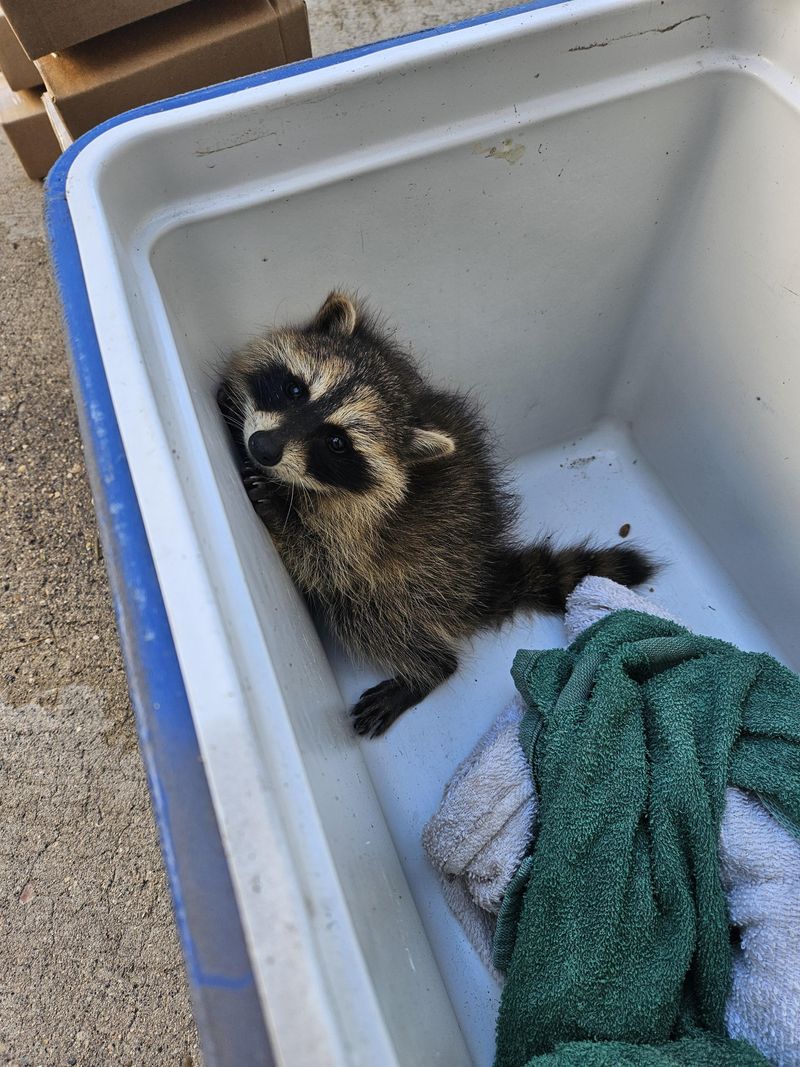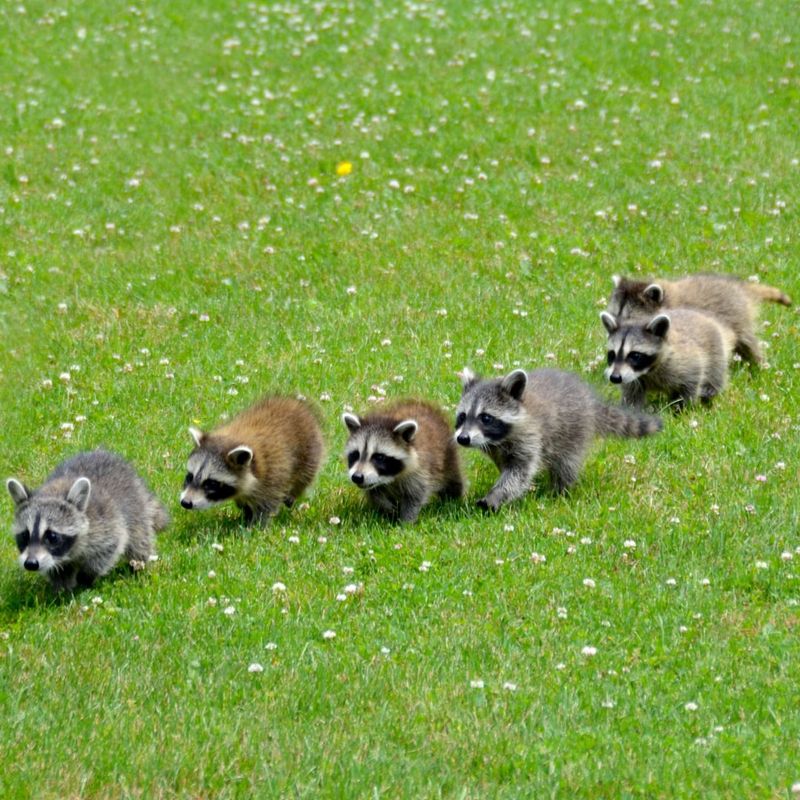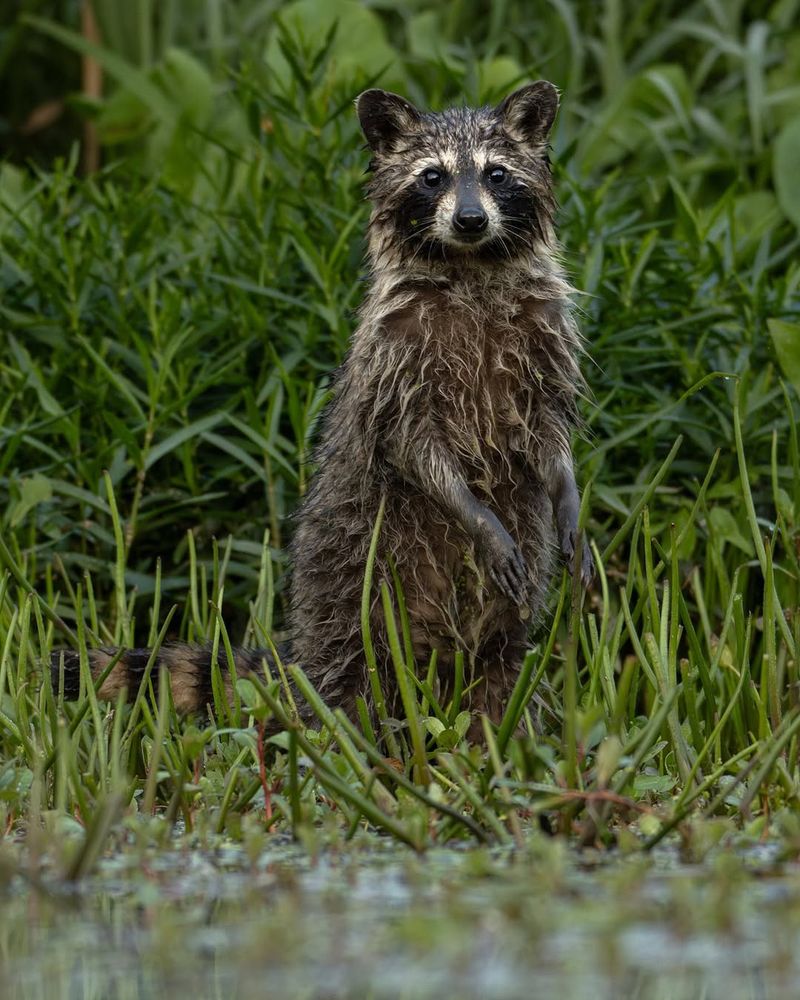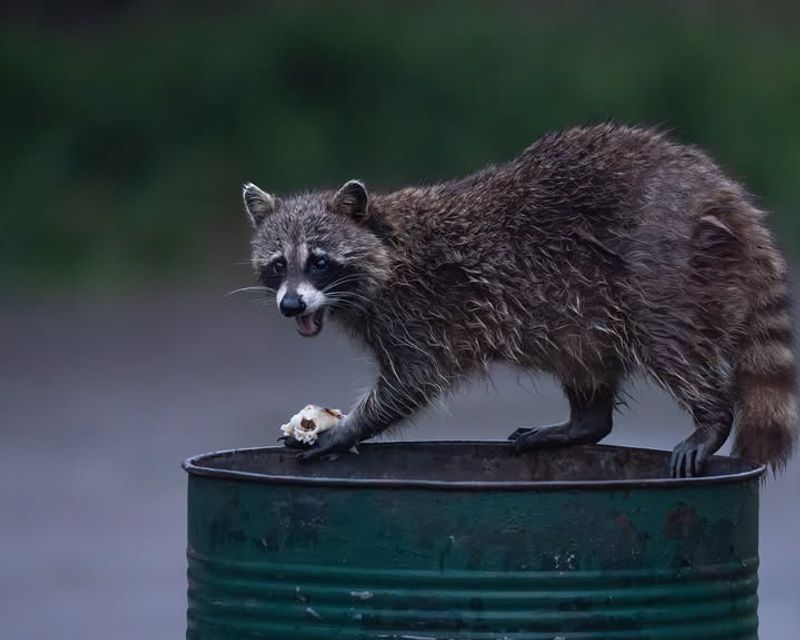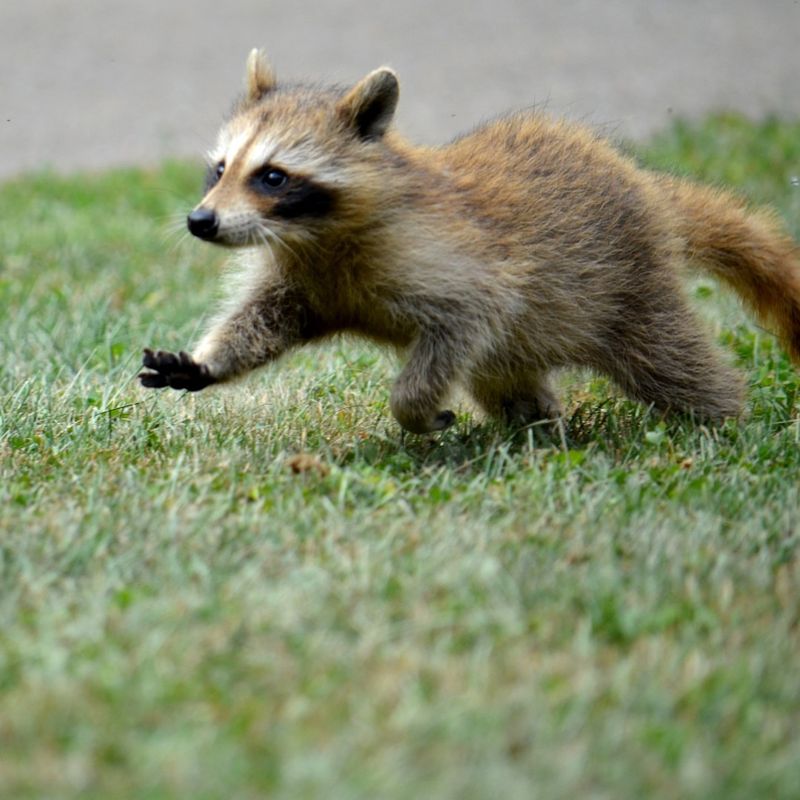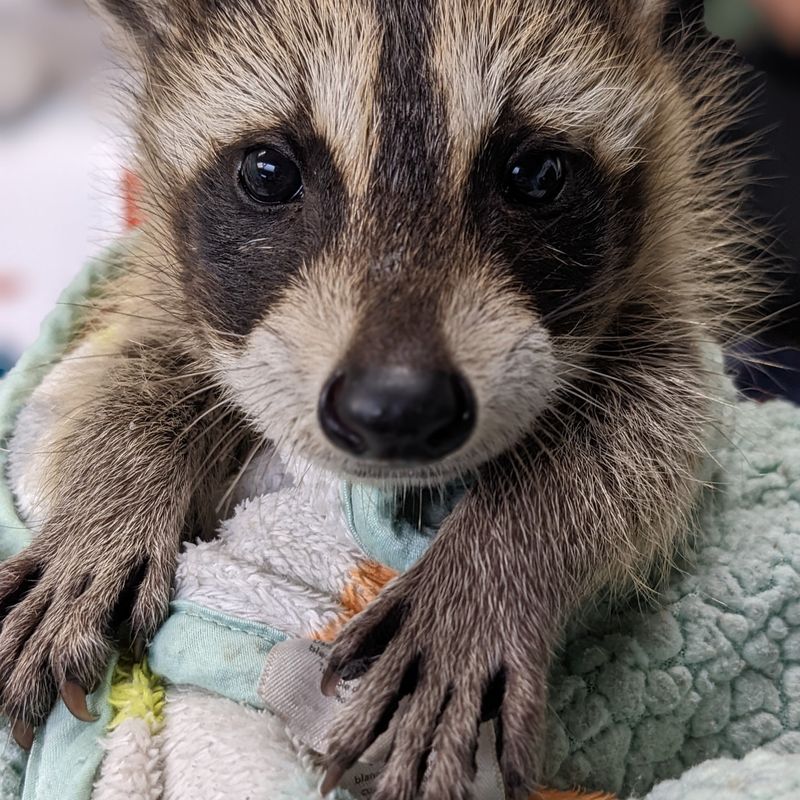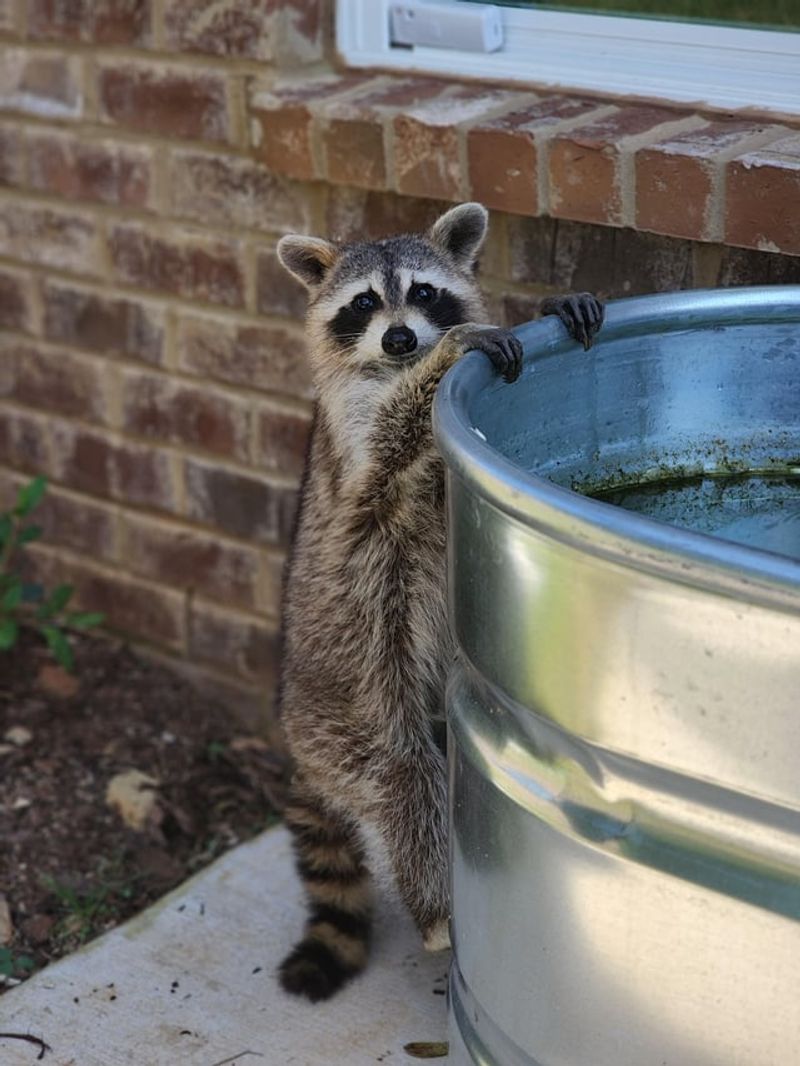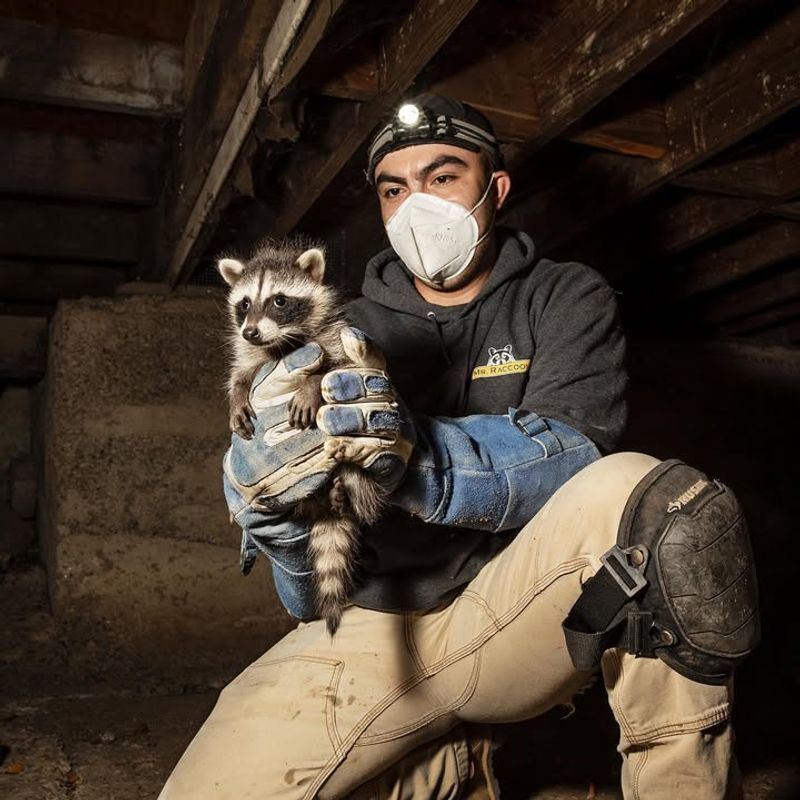Raccoons may look cute, but a backyard visit from them throws a wrench into any homeowner’s peace of mind.
One wrong move, and trouble hits like a freight train. Rules, risks, and wildlife habits all play a part, and ignoring them opens the door to costly mistakes.
A raccoon acts clever, bold, and stubborn, which turns a simple fix into a real uphill battle. Smart choices keep your home safe and your wallet intact, long before a furry bandit stirs up chaos.
1. Raccoons Are Protected By Wisconsin State Law
Wisconsin classifies raccoons as protected furbearing animals, which means you cannot just trap or harm them without following specific rules. State regulations require homeowners to get proper permits before attempting removal.
Breaking these laws can result in hefty fines and legal trouble. Professional wildlife control operators hold the necessary licenses to handle raccoons legally and humanely, making them your safest bet for staying compliant while solving your raccoon problem effectively.
2. Baby Raccoons Often Mean A Mother Nearby
During spring and early summer, mother raccoons search for safe spots to raise their babies, and your attic or shed might seem perfect to them. If you discover baby raccoons, removing them without the mother can lead to tragic consequences.
The mother will frantically search for her young, potentially causing more damage to your property. Wait until babies are old enough to leave with their mother, or hire experts who know how to reunite families and relocate them together safely.
3. Raccoons Can Carry Dangerous Diseases
Raccoon roundworm poses serious health risks to humans, especially children who play in yards where raccoons have been. Their droppings can contain parasites that remain infectious for years in soil.
Rabies is another major concern since Wisconsin sees raccoon rabies cases annually. Never approach or handle a raccoon yourself, even if it appears friendly or sick. Professional removal services have the training and protective equipment needed to handle these health hazards safely while properly sanitizing affected areas.
4. Food Sources Attract Them To Your Property
Raccoons possess incredible memory and will return repeatedly to places where they have found food before. Pet food left outside, unsecured garbage cans, and bird feeders create an all-you-can-eat buffet.
Before paying for removal, eliminate what is drawing them in first. Secure trash cans with locking lids, bring pet food indoors at night, and consider removing bird feeders temporarily. Without easy meals, raccoons often move on naturally to search for better dining opportunities elsewhere.
5. DIY Removal Methods Usually Fail
Wisconsin homeowners often waste money on mothballs, bright lights, and loud radios hoping to scare raccoons away. Raccoons are incredibly adaptable and quickly learn these tricks pose no real threat.
Purchased traps from hardware stores can be dangerous if you do not know proper baiting and placement techniques. You might accidentally trap neighborhood cats, skunks, or even injure yourself. Professional wildlife experts use proven strategies and understand raccoon behavior patterns, giving you actual results instead of frustration.
6. Entry Points Must Be Sealed Properly
Simply removing raccoons without fixing how they got in guarantees new ones will move right into the vacant space. Raccoons can squeeze through openings as small as four inches and tear through weak materials.
Inspect your roof, vents, chimneys, and foundation for potential entry spots. Use heavy-gauge steel mesh and professional-grade materials for repairs since raccoons have strong paws and sharp claws. Proper exclusion work prevents future invasions and protects your investment in removal services.
7. Timing Matters For Humane Removal
Attempting removal during baby season, which runs from March through June in Wisconsin, creates ethical and practical problems. Separating mothers from dependent babies leads to suffering and passing for helpless young raccoons.
Many wildlife professionals refuse jobs during this period unless it is an emergency situation. Plan removal for late summer or fall when families have dispersed naturally. Patient timing shows compassion while still solving your problem, and professionals appreciate homeowners who care about humane treatment of wildlife.
8. Neighbors Might Be Part Of The Problem
Your efforts to eliminate raccoons become pointless if the house next door provides everything they need. Raccoons roam territories covering several properties, so one neighbor feeding them undermines everyone else.
Have friendly conversations with neighbors about the issue and work together on prevention strategies. Community cooperation makes neighborhoods less attractive to raccoons overall. Some people feed raccoons intentionally without realizing the problems this causes, so education helps everyone protect their properties more effectively together.
9. Professional Removal Costs Less Than Damage Repairs
Raccoons destroy insulation, chew electrical wiring, and create dangerous fire hazards inside homes. Their bathroom habits ruin ceilings and walls with urine and feces that require expensive remediation.
Garden destruction and torn-up lawns add to repair bills quickly. Hiring licensed professionals in Wisconsin upfront typically costs between two hundred and six hundred dollars, while fixing raccoon damage can reach thousands. Prevention and early professional intervention protect your home and wallet far better than waiting until problems escalate beyond control.


